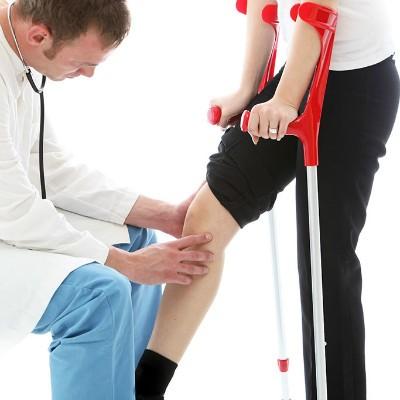How is hereditary spasmodic paraplegia inherited
summary
Hereditary spastic paraplegia for everyone may be relatively unfamiliar, so it is not very understanding. Hereditary spastic paraplegia is also known as familial spastic paraplegia. Usually can be manifested as dyskinesia and anal reflex disappeared and other symptoms. Let's talk about how hereditary spastic paraplegia is inherited.
How is hereditary spasmodic paraplegia inherited
First, autosomal dominant inheritance is related to chromosome 2p, 8q, 14q and 15q. SPG4 gene is located in 2p2l-24, which is CAG repeat dynamic mutation. The protein product spastin protein is connected with the microtubule of transfected cells, causing damage to cytoskeleton regulation of long axis microtubule, which is the most common, and is related to dementia. The clinical manifestations of common variation of 2p are significantly different.

Second, autosomal recessive inheritance is associated with 8p, 15q and 16q, and 15q is the most common. Spg5, SPG7 and Sj? Gren Larsson syndrome are located in 8p12-13, 16q24.3 and 17p11.2, respectively; The gene products of spg5 and Sj? Gren Larsson syndrome are Paraplegin and faidh, respectively. The mutation form of spg5 gene has deletion and insertion. Paraplegin protein is a metalloproteinase in mitochondrial inner membrane, which is related to 16q mutation. Oxidative phosphorylation defect has been confirmed.

Thirdly, X-linked recessive inheritance is rare. The pathogenic gene of spg1 is located in Xq28. The gene product is cell adhesion molecule L1 (cam-l1). Pathogenic mutations have been found, including point mutation (ile179ser, gly370arg) and small deletion of exons 3, 26 and 28; SPG2 pathogenic gene xq21-22, the product of which is lipid-containing protein (PLP), has five pathogenic point mutations (his139tyr, trp144term, ser169phe, ile186thr, phe236ser).

matters needing attention
Hereditary spastic paraplegia is a rare family hereditary disease. Hereditary spastic paraplegia usually occurs in adolescence and childhood. Because hereditary spastic paraplegia is not preventable, patients should strengthen physical exercise and pay attention to nursing.











